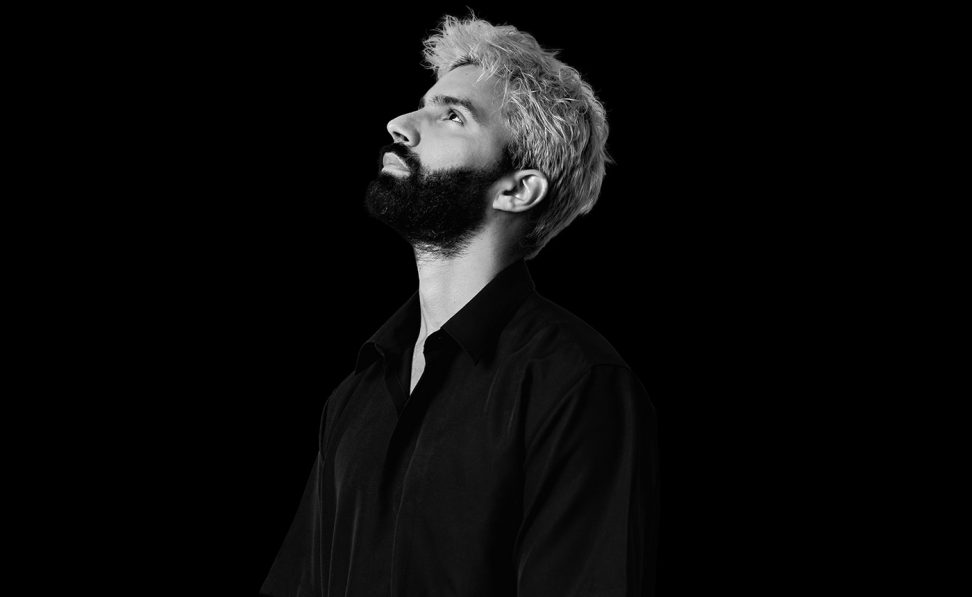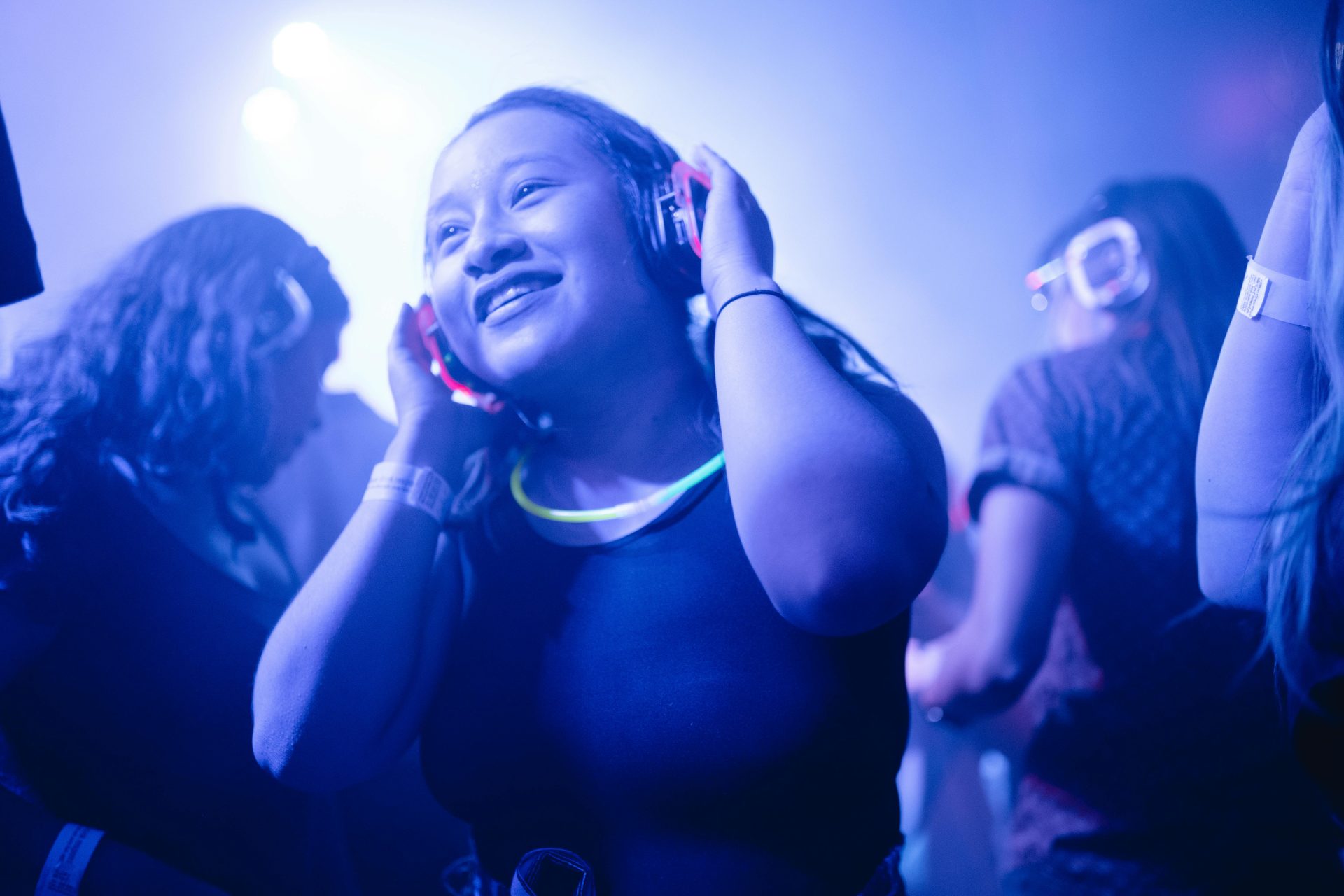
The world of electronic music offers a rich diversity of sounds, styles, and subcultures, each designed to move the crowd in different ways. Among the most celebrated genres in this realm are EDM (Electronic Dance Music) and techno, both of which have cultivated massive fan bases and redefined the global dance music scene. While these genres share a commitment to creating energetic atmospheres on the dancefloor, their approaches to building and maintaining that energy differ significantly. The ways in which they manipulate rhythm, sound design, and structure contribute to distinct experiences that define the energy of a night out.
This article explores how EDM and techno each approach the concept of energy on the dancefloor. From their use of basslines and drops to their unique atmospheres, both genres craft experiences that are tailored to their respective audiences. Although both aim to elevate the crowd and sustain excitement, the methods they employ to achieve this effect tell us a lot about their cultural origins, musical influences, and overall intent.
The EDM Approach: Big Drops, Anthemic Moments, and Immediate Impact
EDM, as a genre, is designed for maximal impact. Emerging from a variety of electronic music traditions, including house, electro, trance, and dubstep, EDM became a global force in the early 2000s, particularly with the rise of music festivals like Tomorrowland, Electric Daisy Carnival, and Ultra Music Festival. The genre’s most defining characteristic is its ability to generate huge peaks of energy, often with carefully crafted build-ups that lead into massive drops.
In EDM, creating energy is all about control and release. Producers are experts at guiding the crowd through a series of emotional highs and lows, using tension and anticipation to keep the energy flowing. One of the primary tools used to achieve this is the “drop,” a musical moment where the beat suddenly shifts into a powerful, bass-heavy section. This moment is often preceded by an extended build-up, where tension gradually increases through rising synths, pitched vocals, and rolling percussion. The drop is meant to be the climax of the track, where the audience can release all of their built-up energy in a surge of collective excitement.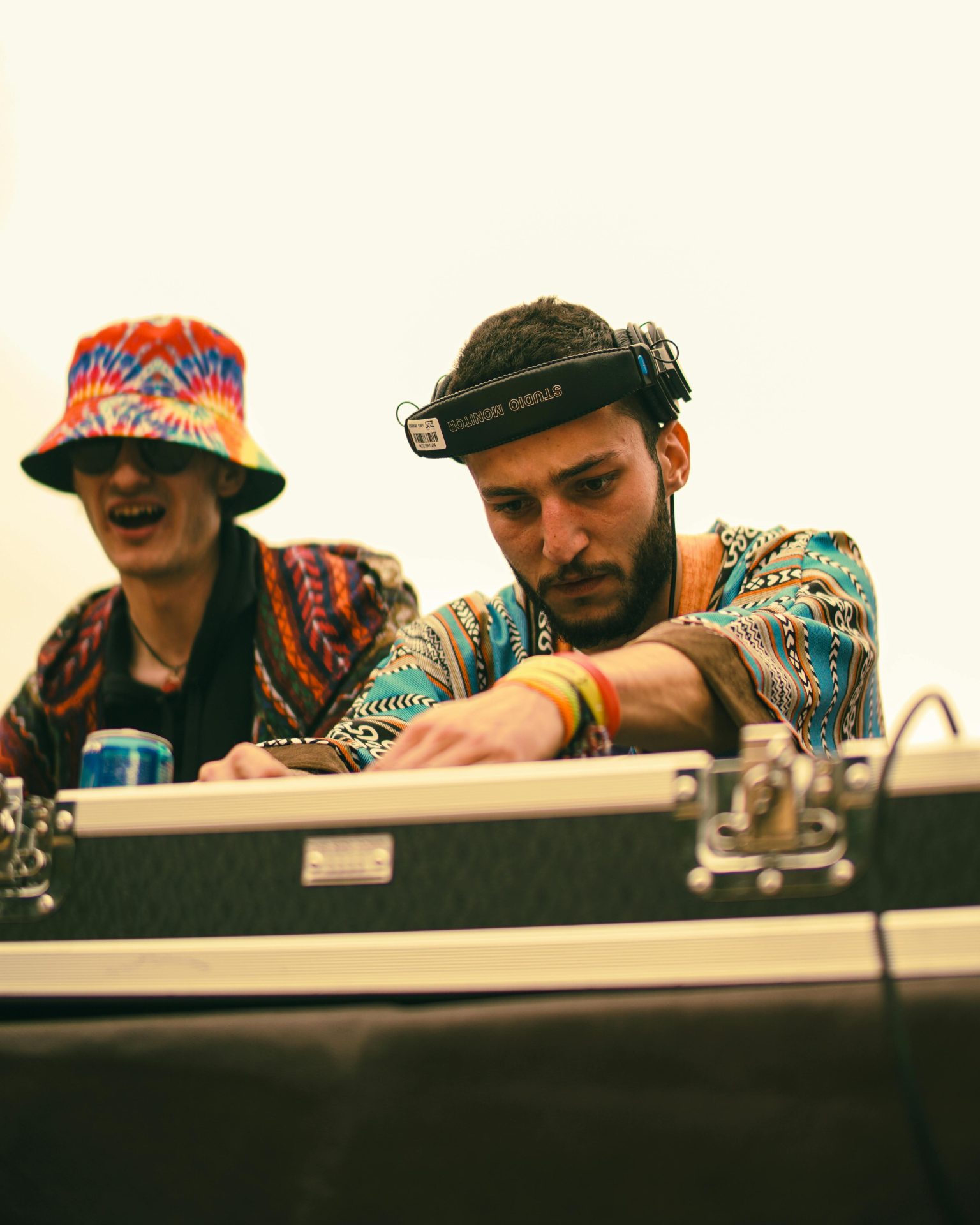
Another hallmark of EDM’s approach to energy is its catchiness. Producers in the EDM world often craft memorable, anthemic melodies that are easy for the crowd to latch onto. These melodies are designed to be instantly recognizable, whether through sweeping synth lines or uplifting chord progressions. This is done intentionally to maximize the accessibility and mainstream appeal of the genre, ensuring that even listeners who are not deeply familiar with dance music can enjoy and become immersed in the experience.
The structure of an EDM set is also geared toward creating maximum energy. DJs strategically build their sets with tracks that are designed to rise and fall in intensity, maintaining a sense of motion throughout the night. As the set progresses, the tracks often get bigger and more intense, pushing the crowd to ever-higher levels of excitement. EDM DJs are skilled at reading the crowd and adjusting the pace to keep the energy levels high, with moments of relief typically followed by even larger bursts of sound.
Techno’s Approach: A Hypnotic, Deep Build-Up of Energy
Techno, by contrast, takes a more understated and hypnotic approach to creating energy on the dancefloor. Originating in Detroit in the mid-1980s, techno music was a product of the city’s industrial landscape, influenced by the rise of synthesizers, drum machines, and sequencers. The genre’s pioneers—Juan Atkins, Derrick May, and Kevin Saunderson—focused on repetition, structure, and rhythm to create an immersive experience. Techno places less emphasis on dramatic, overt drops and more on creating a steady, unrelenting rhythm that can carry the crowd through a trance-like state.
Rather than focusing on sudden contrasts between quiet and loud moments, techno often relies on its consistency to generate energy. Tracks are typically driven by a persistent 4/4 kick drum, which sets the foundation for layers of synths, basslines, and percussion. These elements often build gradually, with intricate changes over time. The focus is on subtle evolution—the energy doesn’t come from a single climactic moment but from the gradual build-up and transformation of sound throughout the track.
What sets techno apart from EDM in terms of energy is its emphasis on atmosphere. While EDM tracks are often crafted to be immediately impactful, techno works to create an environment that envelops the listener. The use of dark, ambient textures, industrial sounds, and atmospheric effects builds an immersive space that pulls listeners into a deep sonic experience. As the track progresses, small changes in the arrangement, the addition of a new percussive element, or a slight shift in a melody or bassline can significantly alter the mood, keeping the crowd engaged through subtle developments rather than large, sudden shifts in energy.
Techno is also known for its emphasis on the groove. The energy in a techno track is often conveyed not through anthemic choruses or drops, but through intricate percussion and basslines that create an infectious rhythm. The relentless 4/4 beat, combined with off-beat hi-hats, syncopated snares, and atmospheric pads, keeps the energy flowing in a way that encourages dancers to lose themselves in the groove. This hypnotic nature of the music makes it ideal for all-night parties and underground rave settings, where the energy is built and maintained over the course of hours rather than in short bursts.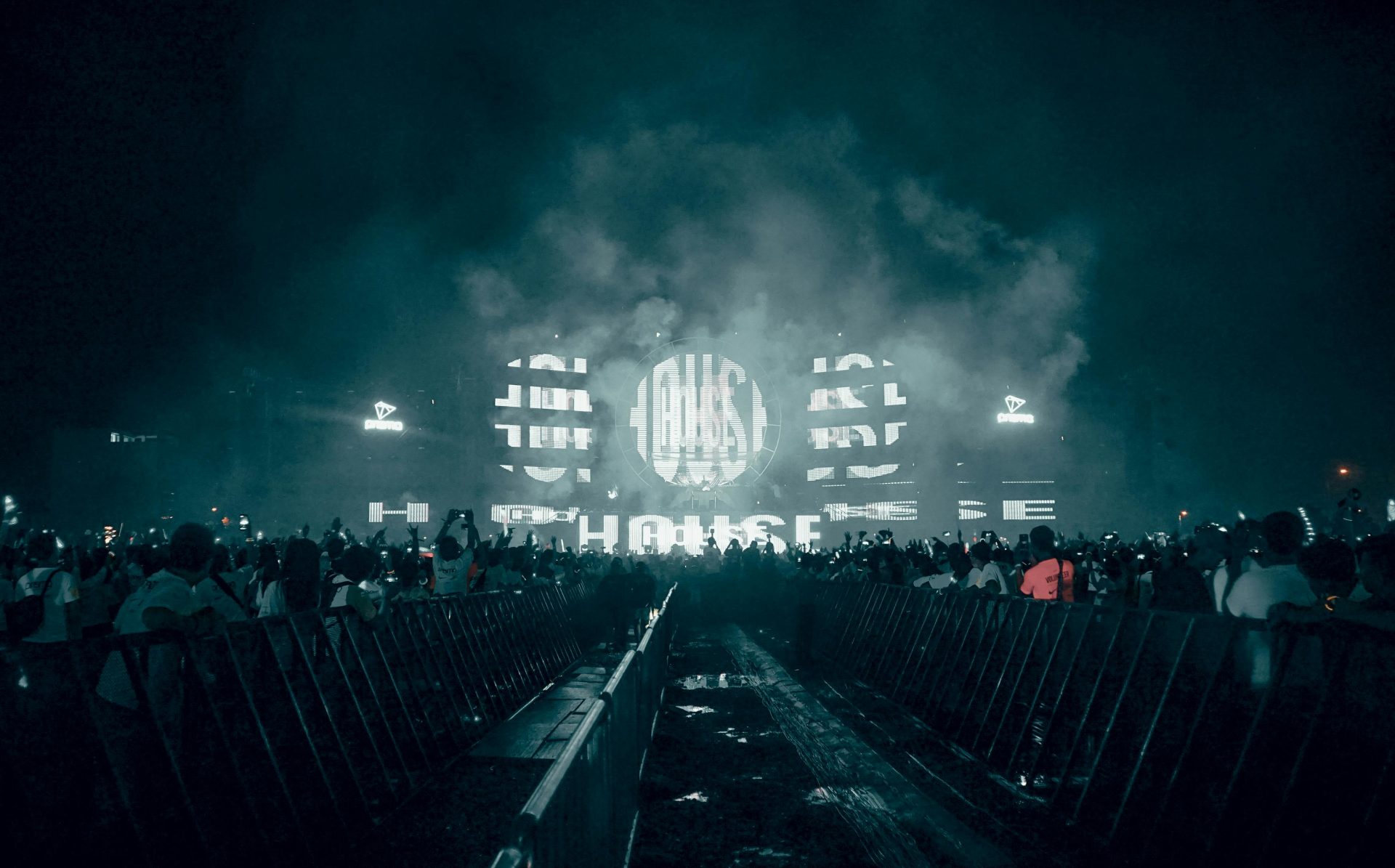
The Role of the DJ in Crafting Energy
While both EDM and techno have their own distinct methods for building energy, the role of the DJ is crucial in shaping the experience on the dancefloor. In EDM, DJs are often seen as the orchestrators of the crowd’s energy. They build their sets around crowd-pleasing moments, aiming for peak experiences where the audience’s excitement reaches its zenith. EDM DJs are skilled in manipulating energy levels, guiding the crowd through moments of suspense and exhilaration. They know how to craft moments that make the audience cheer, jump, and move as one, with the drop serving as the moment of release.
In contrast, techno DJs focus more on the journey. Rather than focusing on high-energy moments, techno DJs create a sense of continuity and flow, building the energy gradually and consistently throughout their set. The aim is to take the audience on a deeper, more immersive ride, where the energy is sustained over a longer period of time without the need for dramatic peaks and valleys. This approach creates a sense of unity on the dancefloor, as the crowd becomes more focused on the rhythm and atmosphere of the music rather than waiting for an immediate payoff.
The Crowd’s Experience: Different Types of Engagement
The way the crowd interacts with the music is another key difference between EDM and techno. In an EDM setting, the crowd is often energized by the anticipation of the drop, eagerly awaiting that moment of release when the music explodes. This creates a sense of collective excitement that is shared among the audience. The energy is more direct and immediate, with people expressing their excitement through visible, high-energy movements and vocalizations. The audience in an EDM setting often feeds off the intensity of the drops and the fast-paced changes in the music, creating an atmosphere that is exhilarating and electric.
In contrast, the experience on the techno dancefloor is more introspective and meditative. The crowd’s engagement with the music tends to be more subtle and focused, with many participants losing themselves in the rhythmic repetition and subtle sonic changes. The energy in a techno environment is less about outward expression and more about a deep, collective immersion in the sound. Dancers tend to sway, nod, or groove to the music rather than jumping or throwing their hands in the air. This creates a more intimate and communal atmosphere, where the energy is channeled through the groove and the flow of the set.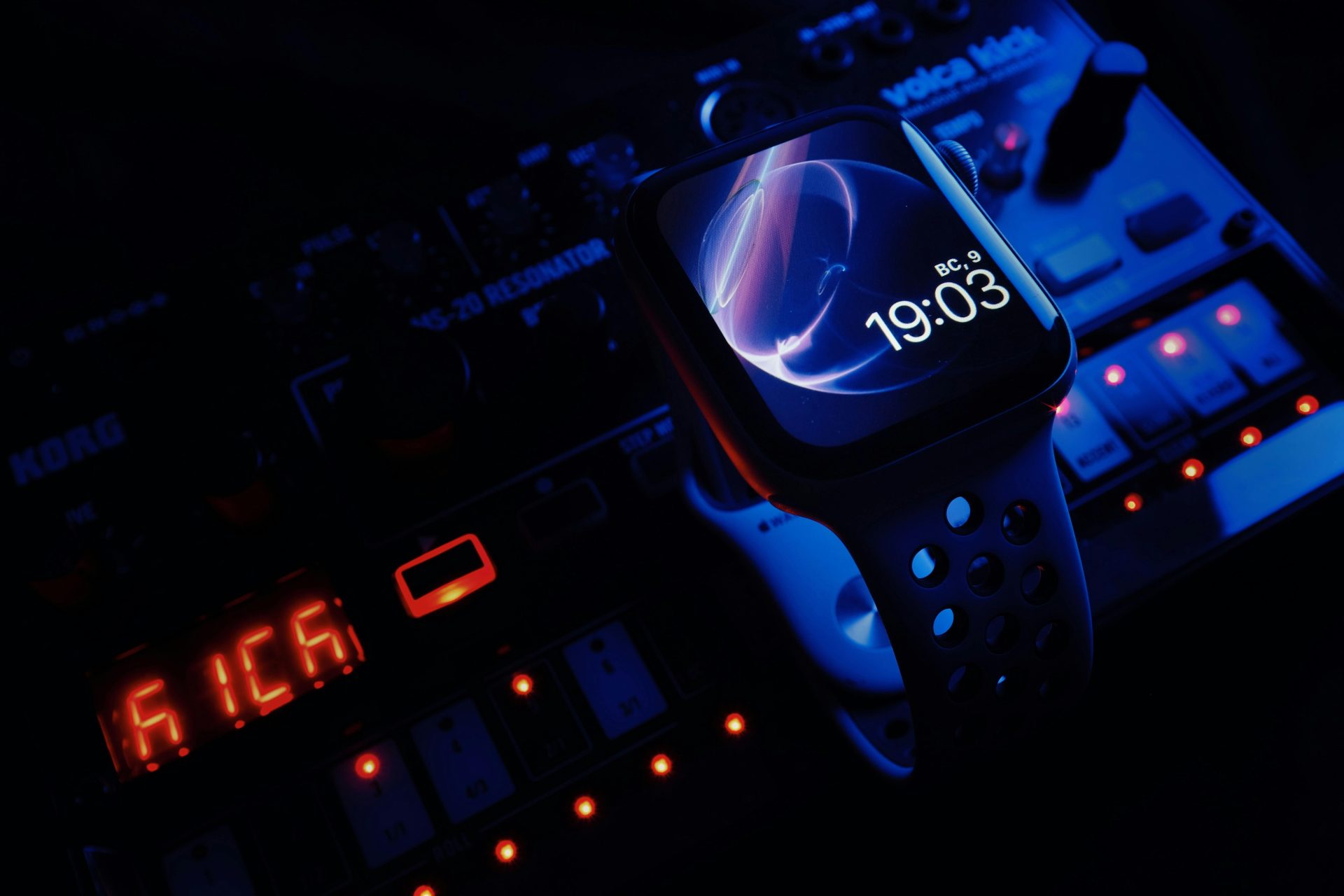
Conclusion: Different Paths to the Same Goal
Both EDM and techno are designed to create powerful experiences on the dancefloor, but they do so through vastly different approaches to energy. EDM, with its emphasis on big drops, catchy melodies, and anthemic moments, creates an immediate and explosive sense of excitement. In contrast, techno’s hypnotic rhythms, atmospheric textures, and gradual buildup of sound cultivate a deep, sustained energy that resonates on a more subtle level. Despite these differences, both genres serve the same purpose: to unite people through music and create a sense of collective energy that transcends the individual. Whether through high-octane moments or immersive, trance-like journeys, both EDM and techno provide the soundtrack for unforgettable dancefloor experiences.
